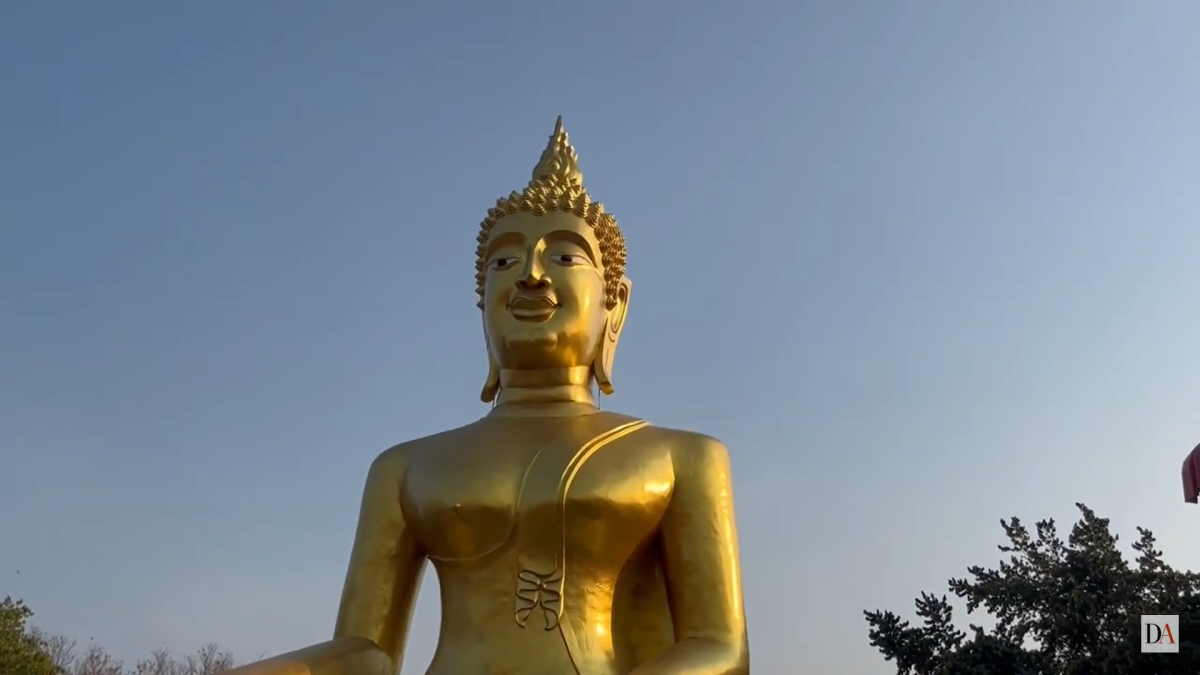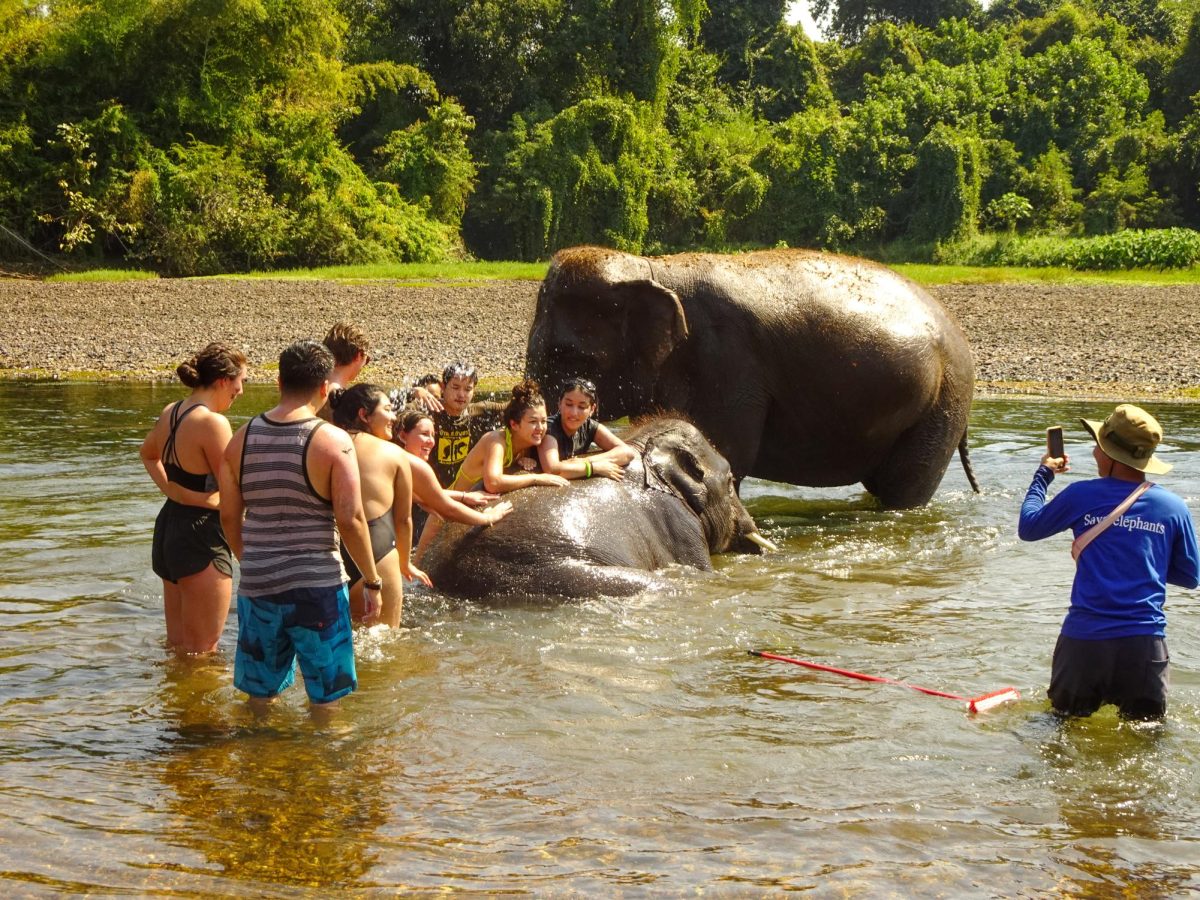 BySunny Sea GoldEditor in Chief
BySunny Sea GoldEditor in Chief
It was 1924.
The student newspaper, then known as The Paper Lantern, wrote in an article this was a campus without an identity, without a name.
Sometimes we were referred to as the Wampus Cats, sometimes it was the Staters, the Statesmen, or the Professors.
“A name can mean a great deal to a college, especially in respect to athletics,” one Oct. 22, 1924 article said.
So, a call went out for suggestions. The newspaper collected them,and the university chose a committee to select one. The groupconsisted of three people: Coach Charles E. Peterson, Dean Arthur G.Peterson and one unknown student.
Suggestions poured in: Go-Getters, Bay Staters, Sea Siders, BorderLegion, Balboans.
So, how’d the Aztecs get into the mix? Rumor has it, as partially reported in the Lantern , the name was suggested by three downtown sports writers, presumably from the San Diego Union or the San Diego Sun.
The little committee liked the name “Aztecs” and it stuck.
On Jan. 21, 1925, The Lantern happily, yet in a somewhat suprising manner, reported that San Diego State College had a nickname.
“Rah for the Aztecs!,” the story read. “What a name! Say, I thought those cannibals were all dead! Whaddaya think this is, anIndian reservation? I’ll bet Hopi is responsible for this!”
It goes on: “A name should stand for something more than a combination of letters. It should bear traditions, should call upthoughts of courage and fighting spirit. Such a tribe were theAztecs. Noted for their fleetness, strength and bravery, they wereseldom downed in physical encounters.
“The Aztecs are gone but their spirit and name remains, waiting all these years for State College to assume its burden. Vive laAztec!”
The staff editorial that day sounded almost as contradictory:
“The name has been used to denote a nation of semi-civilized inhabitants of Central Mexico. What it will mean in the future remains for us to say. If we build an institution famous for its scholars, for its athletes, for its faculty; if we build a reputation for broadmindedness, for honesty, and for sportsmanship, these attributes will be incorporated into the same Aztecs. We are going tom ake Aztecs mean all these finer things.
“Tradition will know Aztecs as something more than a tribe of semi-civilized inhabitants of central Mexico.”
Harry McDean, chairman of the history department at SDSU, said the way people thought and spoke of indigenous peoples was very different then.
“California in particular had constructed through the 1920s, avariety of anti-imigration laws to exclude from the state anyone butwhites,” he said. “California was known as a white Anglo-Saxonsociety and that motive dominated culture and intellectual life atthat time.”
Just one month later, another story in the Lantern characterizedthe nickname in an entirely more flattering light.
“Aztecs has been chosen as the sporting name for our collegeathletes. Brought from that great old tribe of Indians who were themost highly civilized of any Indian tribe up to their time, we areliving again under a great name which embodies the idea of fight,trueness to friends, advancement and tribal unity. Let us live up toout title and we will play the role of the winner.”
In May 1925, the faculty council approved the name. Then the student government approved it. Then, somebody remembered the name was “never officially adopted by the student body and emerged out of a contest promoted by the press.”
The students voted in June 1925 at an assembly to officially approve the Aztecs nickname. There is no documentation of how many students voted or what the process was.
The Paper Lantern also decided that year to change it’s name toThe Aztec because the name was “more significant of the student bodylife.”
Monty emerges
The Monty Montezuma mascot showed up in 1941, the accidental brainchild of alumnus Arthur Munzig, who graduated in 1942. Munzig explained how it came about in his book “The Spy in the Red Pants.”
The student body president at the time asked Munzig to perform at halftime for the Homecoming game.
“I’m not sure who came up with the idea,” Munzig wrote, “but it ended up that we built a teepee, and located it in front of… the stands … we put some kind of smoke generator in the teepee, and four girl cheerleaders in their scanty Indian costumes, along with me, dressed as I thought Montezuma should be, ensconced ourselves in the teepee before the stands started to fill. This way our exit at halftime would be a surprise.
“We finally exited our smoking teepee– four Indian maidens followed by Montezuma chasing them.”
They ran down the track in front of the stands.
Monty Montezuma hasn’t missed a game since.






